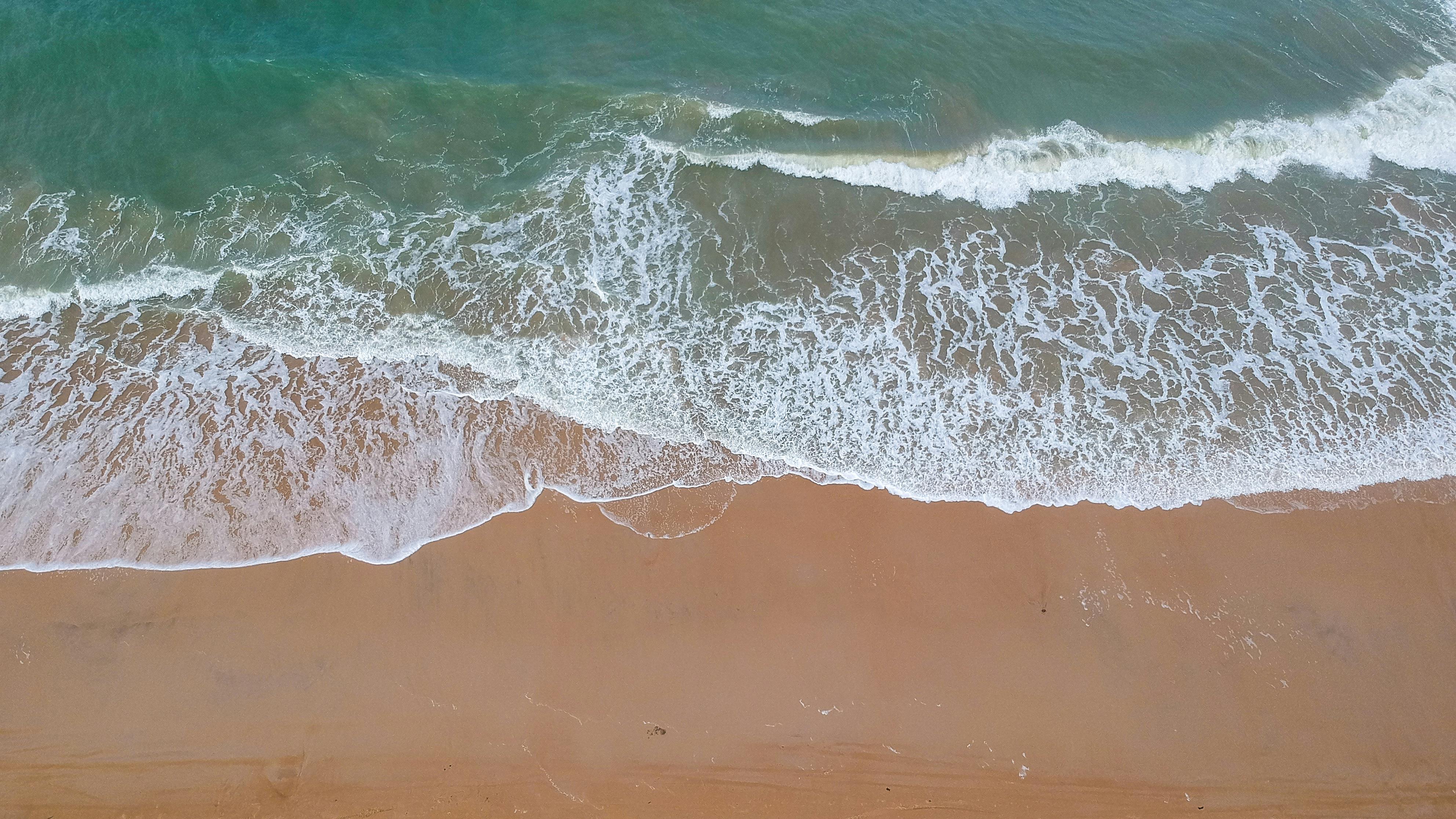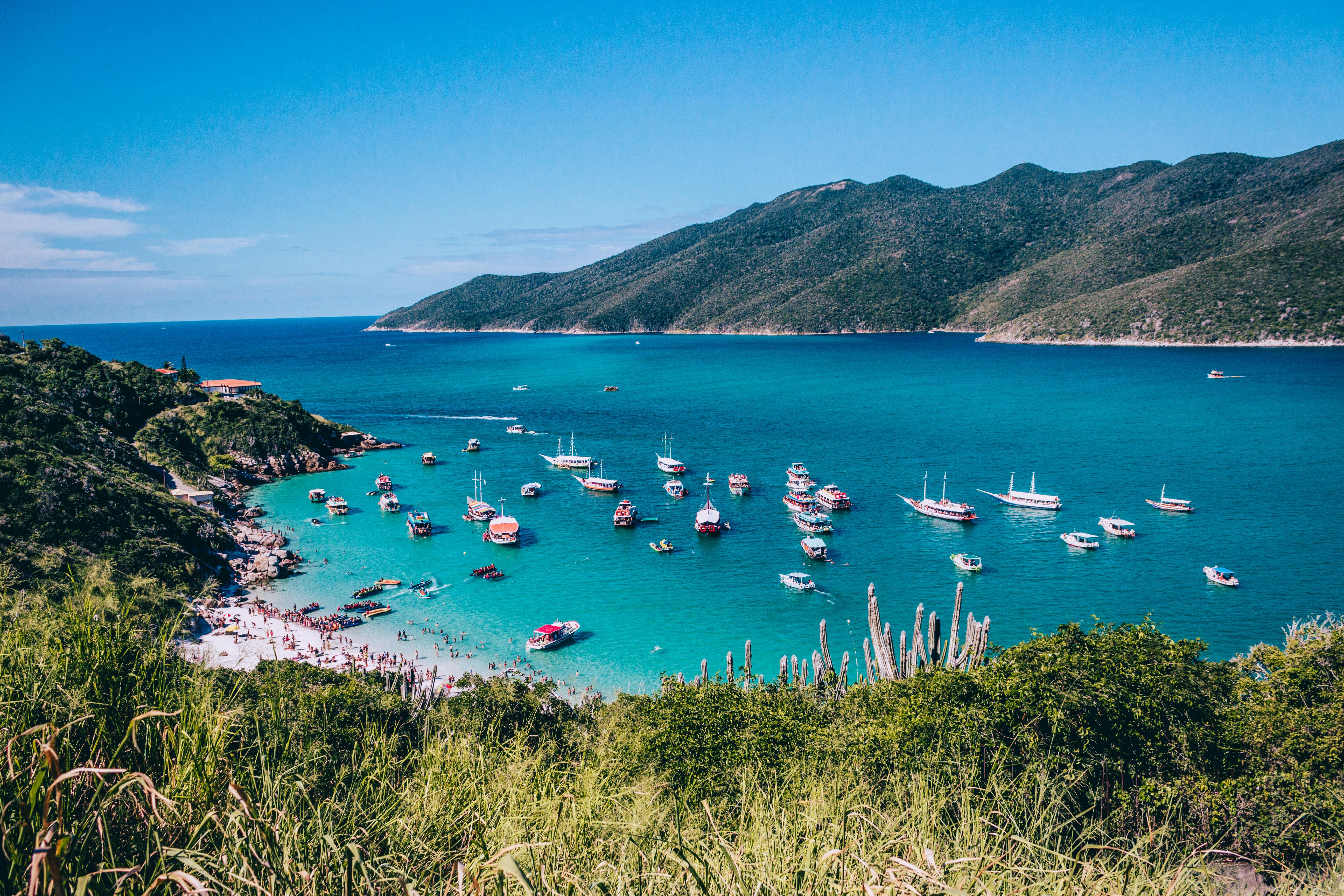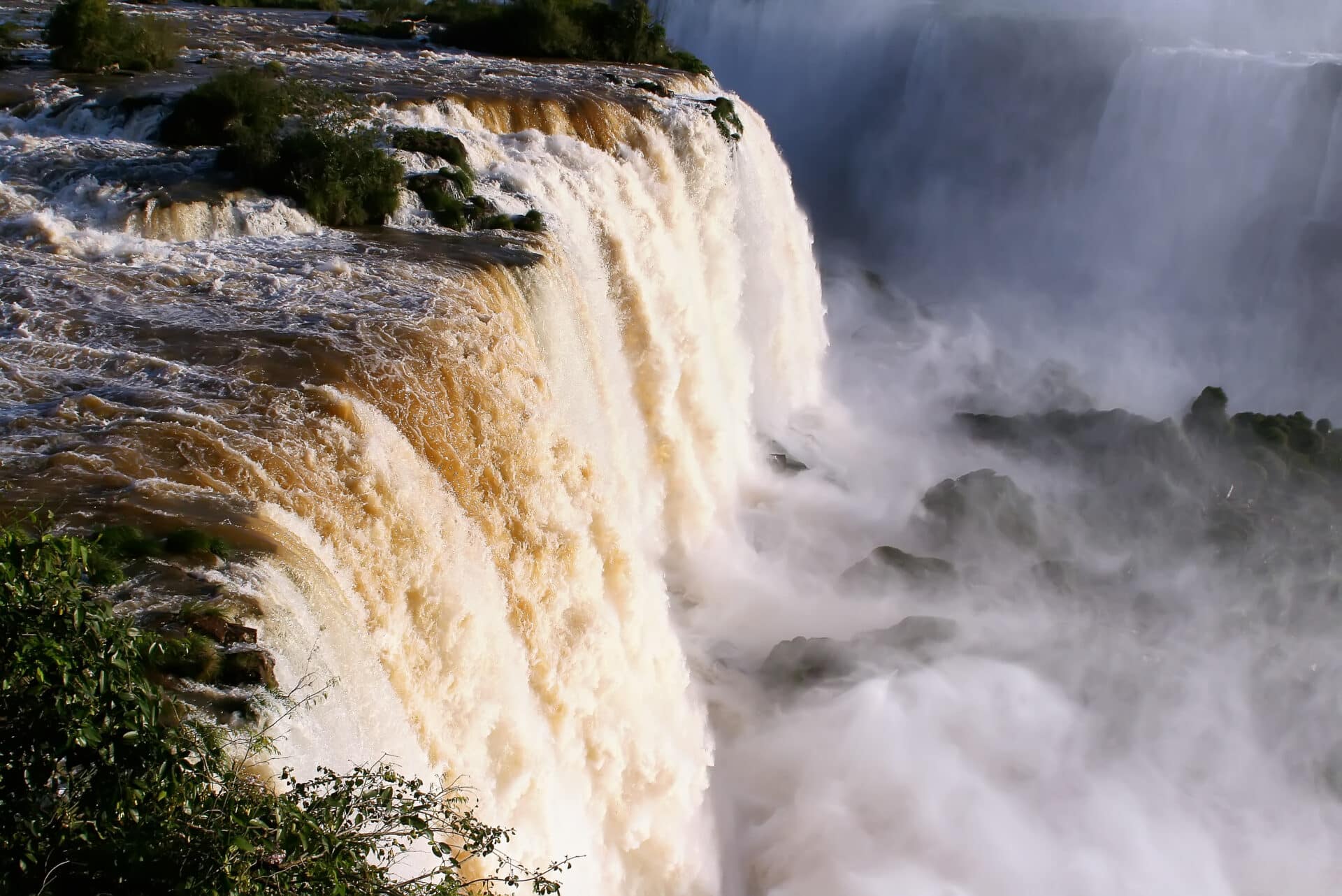Distilling water is a process that involves heating water to boiling point and then condensing the steam back into liquid form. This process removes impurities from the water, making it safe for human consumption. In this article, we’ll discuss how to distill water, its benefits and potential drawbacks. We’ll also provide some tips for distilling your own water at home.Water distillation is a process of purifying water by boiling it and then condensing the vapor that is produced. The vapor is then collected and cooled, leaving behind any bacteria, salts, or other impurities that were present in the original water. The resulting pure water can then be used for drinking, cooking, and other purposes.
What Equipment Do I Need to Distill Water?
Distilling water is a process that removes impurities and contaminants from water by boiling the water until it evaporates, leaving behind any contaminants or minerals. Distilled water is often used for drinking purposes, but it can also be used for cooking, cleaning and other household tasks. To distill water, you will need some basic equipment, such as a heat source, a condensing unit and a storage container.
The first piece of equipment you will need is a heat source to boil the water. This can be done with an electric stovetop or an open fire. Once the water has been brought to a boil, the steam created will rise up into the condensing unit. This is usually made of metal or plastic tubing that has been bent into a coil shape. The steam will travel through this coil and cool down as it condenses back into liquid form.
The final piece of equipment needed for distilling water is a storage container for the distilled liquid. This should be made from material such as glass or stainless steel so that no impurities can leach into the distilled water from the container itself. The storage container should also have an airtight lid to keep contaminants out and help prevent evaporation of the distilled liquid.
These are all of the pieces of equipment necessary to distill your own water. With these items in hand, you can start distilling your own drinking water safely and easily at home!
Distilling Water at Home
Distilling water is a process of creating purified water from any source, such as lake or river water. This process involves boiling the water to create steam and then collecting the steam to turn it back into liquid form. Distilled water is free from most contaminants, making it a great choice for drinking and cooking. Although distilling water at home can be done with store-bought distillation units, it can also be done by using basic materials found in most households. Here are some steps to help you distill your own water at home.
The first step is to gather all the necessary materials. You will need a large pot with a lid that fits tightly, a metal bowl that fits inside the pot, and ice cubes or cold water. You should also have some cloth on hand to use as a filter later on in the process.
Once you have all your materials ready, fill the pot with the source water you want to purify and place it on your stovetop over medium heat. Put the metal bowl inside the pot so that it is slightly elevated off the bottom of the pot – this will allow steam to pass through but not liquid water. Place some ice cubes or cold water on top of the lid so that they melt and drip down onto the bowl below – this will cool down any steam that passes through before it reaches your filtered cloth later on in the process.
Once you have everything set up, let the mixture boil until all of your source water has evaporated and turned into vapor form (this should take about an hour). Then remove your cloth from its place and hold it over an empty container where you want to collect your distilled liquid. You may need to wring out any excess moisture from your cloth before putting it in place so that no liquid escapes during this step. After holding your cloth over an empty container for several minutes, all of your steam should have condensed back into liquid form, giving you pure distilled water ready for drinking or cooking!
Benefits of Distilled Water
Distilled water offers a number of benefits for both human consumption and general household purposes. Distillation is a purification process that removes impurities from water, such as minerals and other particles. This makes distilled water ideal for use in many different applications. Some of the benefits of distilled water include:
1. Increased Safety: Distilled water is free of bacteria, viruses, chlorine, fluoride, lead and other contaminants that can be found in tap water. This makes it safer to drink than tap or well water, as it eliminates the risk of ingesting any of these contaminants.
2. Improved Taste: Distilled water has a much cleaner taste than tap or well water because it is completely free of impurities and minerals. This makes it ideal for drinking and preparing beverages such as coffee or tea.
3. Versatility: Distilled water can be used for a variety of purposes including cleaning, cooking, irrigating plants, filling humidifiers and aquariums, washing cars and more. It is also great for travel as it does not require any special storage or handling to maintain its purity levels.
4. Cost Savings: The cost savings associated with using distilled water are significant when compared to buying bottled or filtered water on a regular basis. It can also save money on home energy bills as it requires less energy to heat than other types of water due to its lack of minerals.
What Are the Drawbacks of Distilling Water?
Distilling water has its drawbacks. The primary disadvantage of distilling water is that it is time-consuming and energy-intensive. Distillation involves boiling water, collecting the steam, and condensing it back into liquid form. This process requires a significant amount of energy and can take several hours to complete. Additionally, the process removes beneficial minerals from the water, such as calcium and magnesium, leaving it with an unpleasant taste. Some distillers also produce a high level of noise while they are operating, which can be disruptive to those living in close proximity. Lastly, distillation can be expensive due to its energy requirements and the cost of purchasing and maintaining a distiller.

What Is the Best Way to Store Distilled Water?
Storing distilled water is a great way to ensure that you always have access to clean, safe drinking water. But how do you store it properly so that it remains free of contaminants and safe for consumption? The best way to store distilled water is in a tightly sealed container, preferably one made of glass or stainless steel. It should also be stored in a cool, dark place away from direct sunlight and any sources of heat. If you are storing the water for longer than several days, it should be replaced every few weeks. It is also important to make sure that any containers used for storage are thoroughly cleaned before use.
In addition to using the right container and storage environment, it is also important to make sure that the distilled water does not come into contact with contaminants such as chemicals or other substances. This means it should never be stored near cleaning supplies, paint, pesticides, or anything else that could potentially lead to contamination. It is also important to keep the lid on the container closed when not in use, as this will help keep out any airborne particles or bacteria that could potentially contaminate the water. Finally, it is a good idea to label each container with its contents and expiration date so that you know when it needs to be replaced or refreshed.
How Long Does It Take To Distill Water?
Distilling water is a process of purifying and separating water from contaminants. The time it takes to distill water depends on the type of distillation system used, the amount of water to be distilled, and the temperature of the source water. Generally, it takes about 30 minutes to an hour to distill one gallon of water.
For larger-scale commercial operations, distilling machines may take longer than one hour. This is because they are designed to process much larger amounts of water at once. The distillation process also requires energy to heat the water, which can increase processing time as well.
The temperature of the source water can also impact how long it takes to distill it. If the source water is warmer, then it will take less time for it to reach its boiling point and thus, less time for it to be distilled. On the other hand, if the source is colder, then more energy will be required and thus more time for the process to complete.
Overall, distilling water can take anywhere from 30 minutes up to several hours depending on a variety of factors such as size and temperature of the source material. No matter what kind of system you use or how much you are trying to distill, though, this process will usually provide you with clean and pure drinking water that is free from contaminants.
Boiling Water vs Distilling
Boiling water and distilling are two different processes used to purify water. Both processes have their advantages and disadvantages, but they do not provide the same results. Boiling is a relatively simple process that involves heating water until it reaches its boiling point, which is 212 degrees Fahrenheit. The heat kills bacteria, parasites, and other microorganisms that may be present in the water. Boiling also causes dissolved solids in the water to precipitate out as sediment. However, boiling does not remove all contaminants from the water, such as heavy metals or chemicals.
Distilling is a more complex process that involves heating water until it vaporizes and condensing the vapor back into a liquid form. This process removes virtually all contaminants from the water, including heavy metals and chemicals. Distilled water has a much higher purity level than boiled water, but it also has its drawbacks. Distilling is more expensive than boiling since it requires specialized equipment and takes longer to complete. Additionally, distilled water has less flavor than boiled or filtered water due to the removal of minerals during the distillation process.
Overall, boiling and distilling are two different processes used to purify water with varying levels of effectiveness. Boiling is a simpler process that kills bacteria and removes some contaminants from the water but does not remove all of them. On the other hand, distilling removes virtually all contaminants from the water but takes longer and requires specialized equipment to complete.

Conclusion
Distilling water is an effective and inexpensive way to purify water for drinking. It can be done in a variety of ways, from using a commercial distiller to boiling water in a pot over a stove. It removes minerals, impurities, and contaminants from the water, making it safe to drink. Whether you are looking for an economical way to purify drinking water or need to remove minerals and other contaminants from your water supply, distilling is an easy, cost-effective solution.
Although distillation does not provide protection against chemical pollutants or organic compounds like viruses or bacteria, it can be used as part of a multi-step purification process. For those who want crystal clear drinking water with no additives or contaminants, distillation is an excellent method that makes sure you get the cleanest possible drinking water.
Distilling your own water at home is easy and can be done with minimal equipment. With the right instructions and supplies, you can have clean drinking water in no time at all. Distilling your own water is not only economical but also provides peace of mind knowing that you have taken the necessary steps to ensure that your family has access to clean drinking water.

